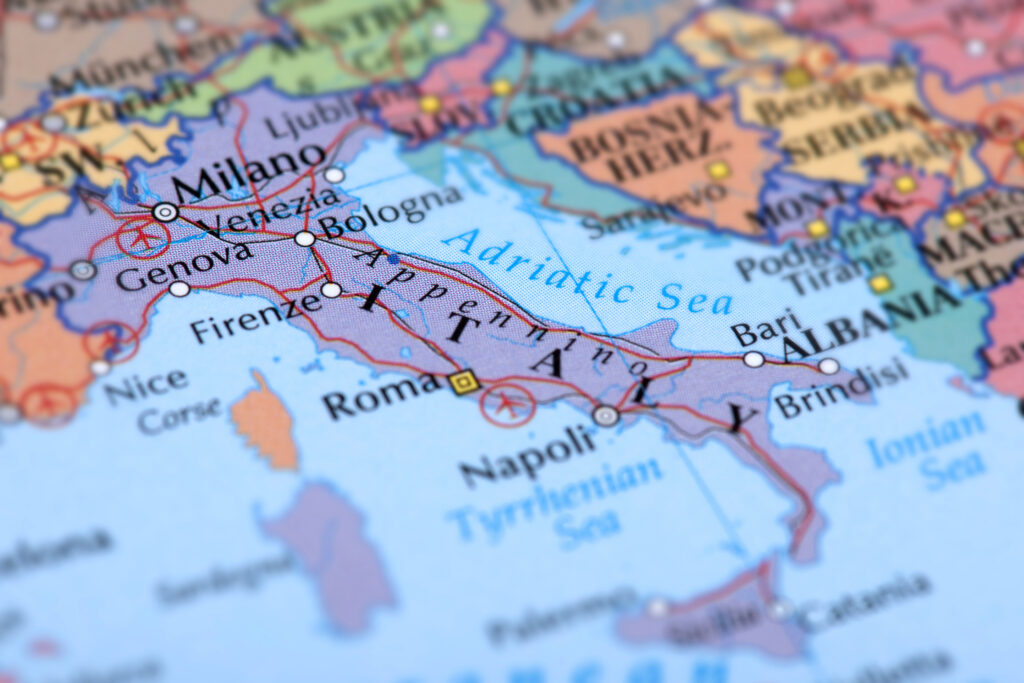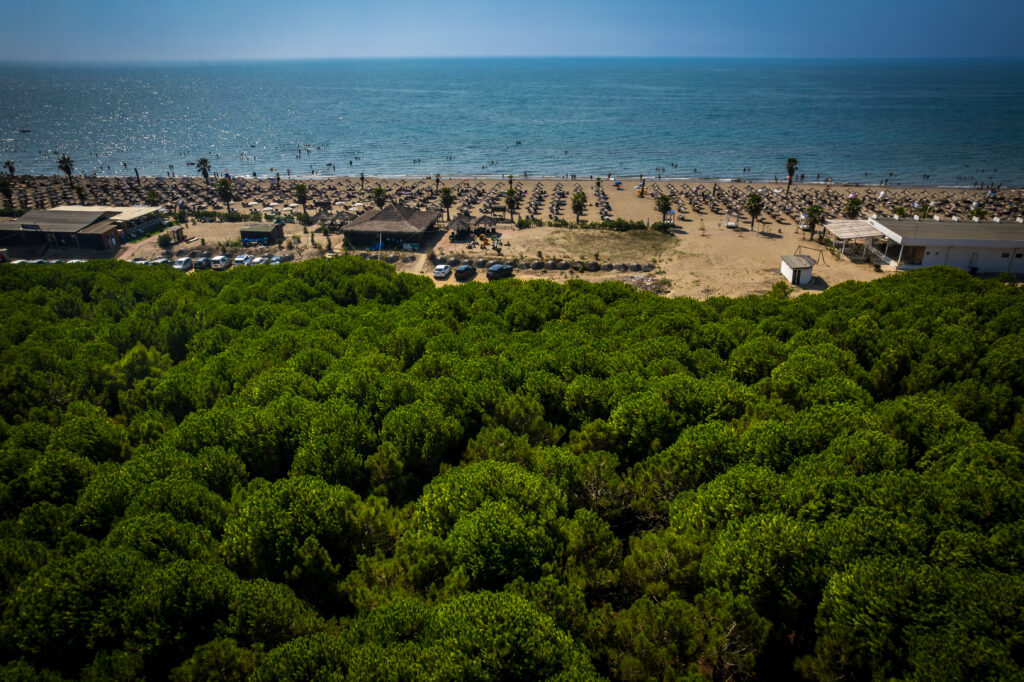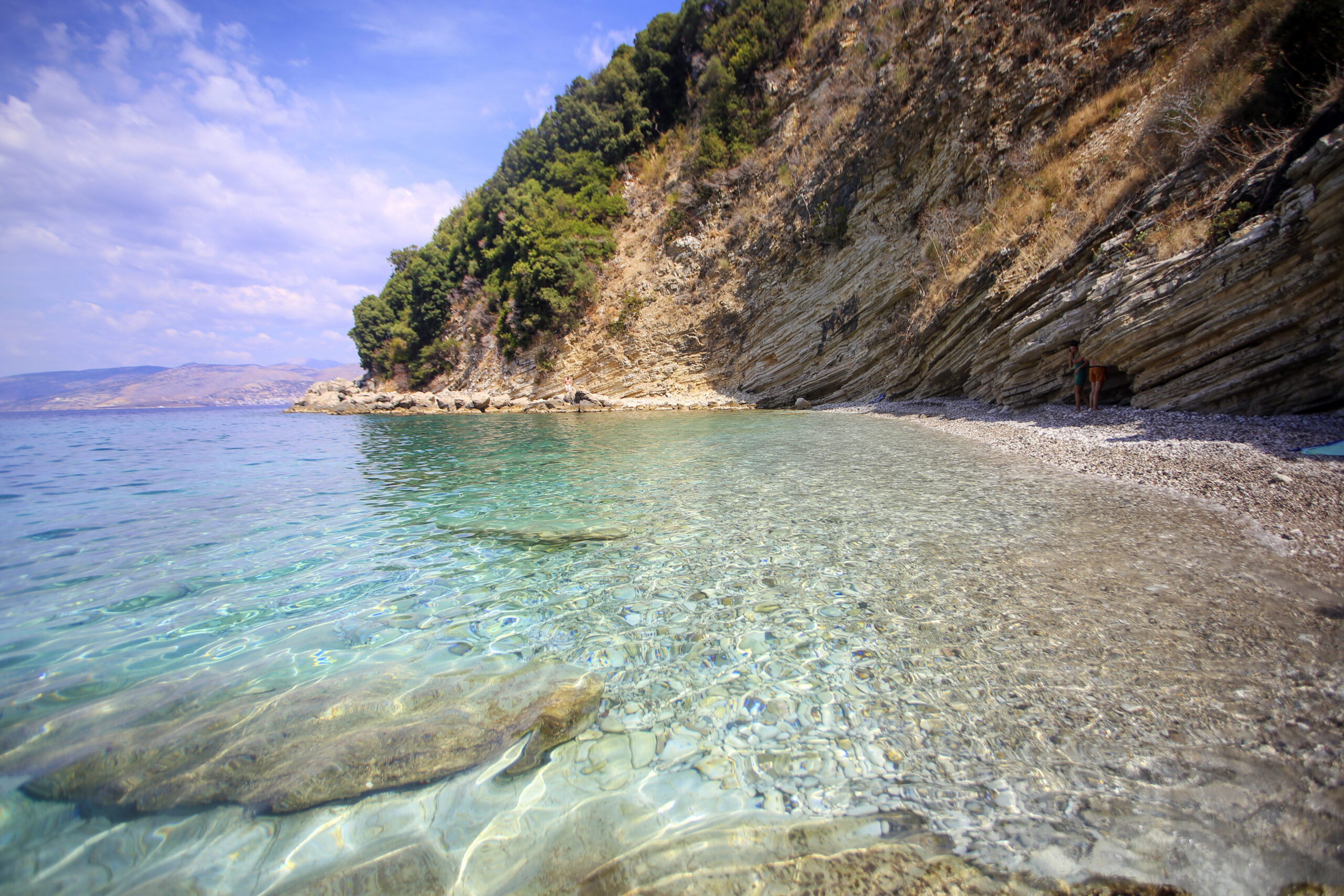Albania, country in southern Europe, located in the western part of the Balkan Peninsula on the Strait of Otranto, the southern entrance to the Adriatic Sea. The capital city is Tirana (Tiranë).

Albanians refer to themselves as shqiptarë—often taken to mean “sons of eagles,” though it may well refer to “those associated with the shqip (i.e., Albanian) language”—and to their country as Shqipëria.
They generally consider themselves to be descendants of the ancient Illyrians, who lived in central Europe and migrated southward to the territory of Albania at the beginning of the Bronze Age, about 2000 BCE.
They have lived in relative isolation and obscurity through most of their difficult history, in part because of the rugged terrain of their mountainous land, but also because of a complex of historical, cultural, and social factors.
Because of its location on the Adriatic and Ionian seas, Albania has long served as a bridgehead for various nations and empires seeking conquest abroad. In the 2nd century BCE the Illyrians were conquered by the Romans, and from the end of the 4th century CE they were ruled by the Byzantine Empire.
After suffering centuries of invasion by Visigoths, Huns, Bulgars, and Slavs, the Albanians were finally conquered by the Ottoman Turks in the 15th century. Ottoman rule cut off Albania from Western civilization for more than four centuries, but in the late 19th century the country began to remove itself from Ottoman influence and to rediscover old affinities and common interests with the West.


Places to visit in Albania
Saranda
History of Saranda
Due to the archaic features found in the Ancient Greek name of the city: Onchesmus (Ancient Greek: Ὄγχεσμος) and the toponyms of the surrounding region it appears that the site was part of a proto-Greek area in late 3rd-early 2nd millennium BC. Bronze Age tools typical of Mycenaean Greece have been unearthed in Sarandë which date c. 1400-1100 BC.
In antiquity the city was known by the name of Onchesmus or Onchesmos (Greek: Ονχεσμός) and was a port-town of Chaonia in ancient Epirus, opposite the northwestern point of Corcyra, and the next port upon the coast to the south of Panormus.] It was inhabited by the ancient Greek tribe of the Chaonians. Onchesmos flourished as the port of the Chaonian capital Phoenice (modern-day Finiq).
It seems to have been a place of importance in the time of Cicero, and one of the ordinary points of departure from Epirus to Italy, as Cicero calls the wind favourable for making that passage an Onchesmites.
According to Dionysius of Halicarnassus the real name of the place was the Port of Anchises (Ἀγχίσου λιμήν), named after Anchises, the father of Aeneas; and it was probably owing to this tradition that the name Onchesmus assumed the for of Anchiasmus or Anchiasmos (Greek: Αγχιασμός) under the Byzantine Empire.
Saranda, then under the name of Onchesmos, is held to be the site of Albania’s first synagogue, which was built in the 4th or 5th century. It is thought that it was built by the descendants of Jewish captives who arrived on the southern shores of Albania around 70 CE, during the First Jewish–Roman War. Onchesmos’ synagogue was supplanted by a church in the 6th century.
The city was probably raided by the Ostrogoths in 551 CE, while during this period it became also the target of piratic raids by Gothic ships.
In a medieval chronicle of 1191 the settlement appears to be abandoned, while its former name (Anchiasmos) isn’t mentioned any more. From that year, the toponym borrows the name of the nearby Orthodox basilica church of Agioi Saranta, erected in the 6th century, ca. 1 km (0.6 mi) southeast of the modern town.



Ksamil
Ksamil is a small seaside town in southern Albania located in the municipality of Saranda. It is known for its beautiful beaches, crystal-clear waters, and lush vegetation. The town is surrounded by several islands, which can be reached by boat (or swim, if you’re feeling adventurous).
Ksamil is a popular tourist destination for both Albanians and foreigners alike, having developed in recent years into a full-blown tourist hot spot. Considering its close proximity with Western Europe via Corfu, Greece, it’s no wonder that southern Europeans are flocking to this little slice of paradise on the Albanian Riviera.
When I first discovered a cheap rate for tickets from Cluj-Napoca to Corfu, I knew I had to take the opportunity to visit Albania. It’s a place that had been on my bucket list for seemingly eons, ever since I first learned that Americans could spend one year visa-free in Albania. It was one of my potential digital nomad destinations, though I never got around to checking it out.



Find places and hotels in Albania.
Find more Europe gems.
